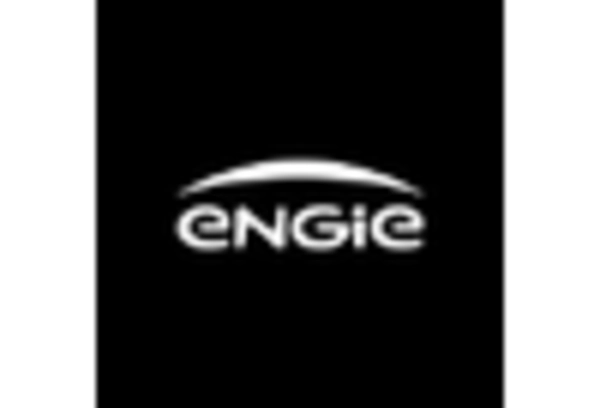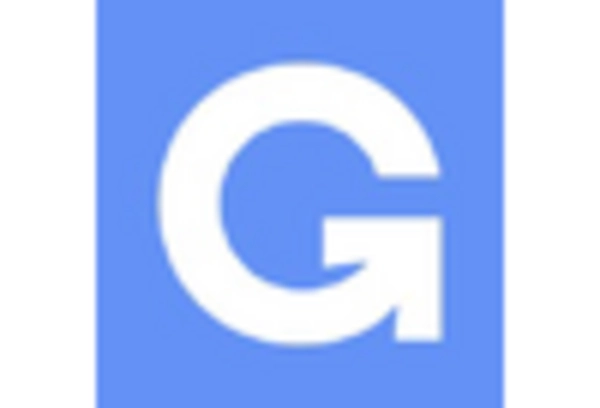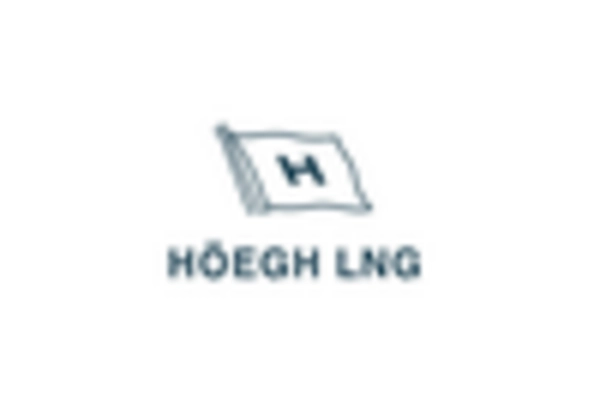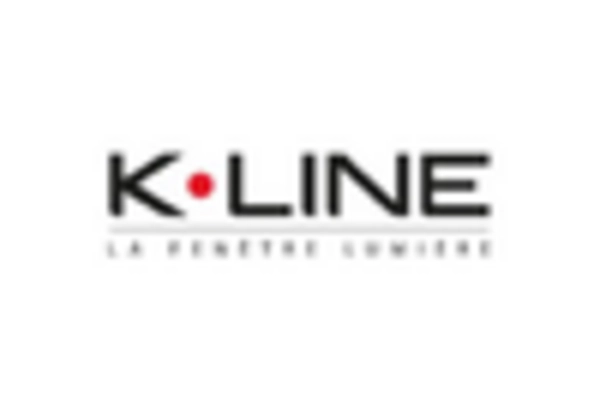Market Analysis
In-depth Analysis of Europe LNG Bunkering Market Industry Landscape
The LNG bunkering business is set for significant growth in emerging nations due to a variety of factors. One key driver is the rapid expansion of shipping and port infrastructure in these regions. As these nations experience economic growth and increased commerce, there is a rising demand for cleaner fuels. This demand is further fueled by the mounting regulatory pressure to reduce emissions from the maritime sector.
LNG bunkering, which involves supplying ships with liquefied natural gas, is emerging as an attractive alternative to traditional fossil fuels. One of its primary advantages is that it burns cleaner, emitting fewer greenhouse gases and air pollutants. This environmentally friendly aspect is gaining importance as more countries focus on sustainability and environmental conservation.
The business prospects for LNG bunkering are particularly promising in emerging markets, and this is attributed to several factors. Firstly, these nations are witnessing booming economies, leading to increased economic activities such as trade and commerce. The expansion of populations in these regions also contributes to a higher demand for goods and services, including the transportation of goods via ships.
Governments in many developing nations are taking proactive measures to address environmental concerns related to the maritime sector. New laws and regulations are being enacted to limit emissions from ships and encourage the use of cleaner-burning fuels like LNG. This regulatory push aligns with the global trend towards sustainability and the reduction of carbon footprints.
The growth in shipping and port infrastructure is a crucial factor contributing to the appeal of LNG bunkering in emerging nations. With increased economic activity, there is a higher volume of goods being transported, necessitating efficient and environmentally friendly fuel options for ships. As a result, the LNG bunkering business stands to benefit significantly from this trend.
The LNG bunkering business in emerging nations is poised for substantial growth due to the expansion of shipping and port infrastructure, the increasing demand for cleaner fuels, and the regulatory push to reduce emissions. The attractiveness of LNG bunkering is further enhanced by its environmentally friendly characteristics, making it a viable and appealing option for the shipping industry in these regions. As the world continues to prioritize sustainability, the LNG bunkering market is likely to play a pivotal role in meeting the evolving energy needs of the maritime sector in emerging nations.

















Leave a Comment